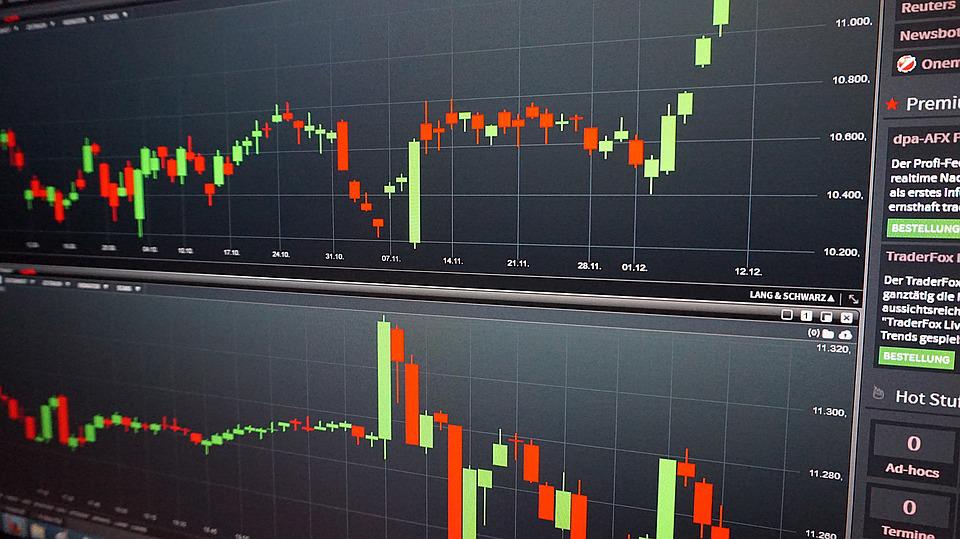Are you looking for some tried-and-true methods to minimize the volatility and risk of day trading?
If so, it’s essential to review a few of the most common strategies used by experienced traders, including self-education, practice, specializing, and understanding how to deal with the pattern day trader rule.
Every profitable endeavor begins with study, research, and practice. It’s always wise to acquaint yourself with terminology and techniques before diving into the fast-paced world of day trading. Here are some core components of success for beginners and experienced practitioners.
Practice
Use a simulator to practice buying and selling before putting your own cash on the line. Learn how to get into and out of positions quickly, and how to beat the closing bell so as to avoid being stuck with an overnight position you don’t need or want. Consider using simulated trading for as long as two weeks before going live with your own capital. If those first few days in the real marketplace shake you up too much, return to the bot and hone your skills some more.
Know How to Side Step the PDT Rule
In short, the PDT, pattern day trader rule, restricts you from making more than three round-trip, margin-based transactions within a five-day window. The rule does not apply to accounts with balances greater than $25,000. The fact is, you must follow the pattern day trading rules, whether you like it or not. Fortunately, there are legal, ethical ways around the rule. The most common way to avoid the $25,000 account requirement is to trade with cash, not on margin.
Note that the PDT rule only applies to margin transactions, not cash buying or selling. Another completely legit way to get around PDT requirements is to open multiple accounts with different brokers. Then, be sure to only do three round-trips with each firm in a given five-day period. You can even use margin as long as you’re careful not to exceed the three-trade restriction.
Specialize
Choose two or three companies to focus on. Watch their daily price action, volume, institutional activity, and weekly media announcements. Learn how the managers operate, how often they release news, where to find projections for next quarter’s earnings, and whether their price moves in tandem with other companies in the same industry. All these little quirks of a corporation’s personality can come in handy when you try to follow and predict their hour-by-hour share prices. Likewise, after a few months, you’ll acquire a gut feeling for how the company is doing and whether the near future holds bad or good performance.
Start Small
For at least the first few months, keep the dollar volume of your trades small. Resist the urge to splurge, even if you have a very positive feeling about a particular trade. Plus, making a series of small purchases is an effective way to practice self-control.
Avoid Trading the News
Be careful not to let your emotions, and trading decisions, rise and fall with the news. Most media stories have already been baked in to a stock’s price by the time you hear them. Pay attention to price movement and the company’s recent history instead of breaking news stories.
